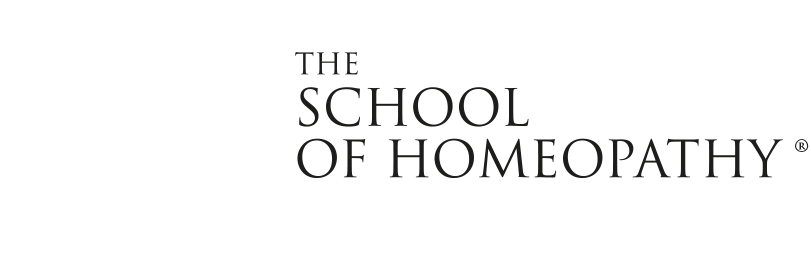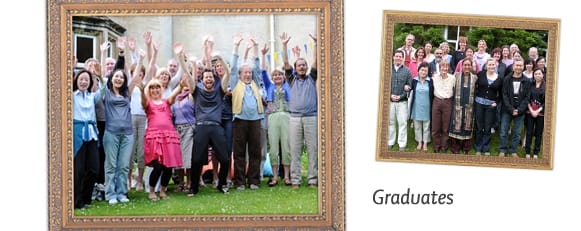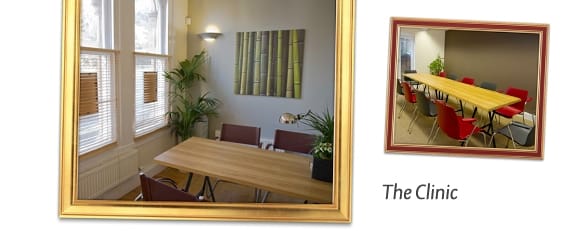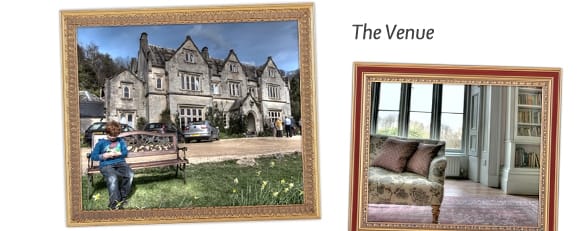


Homeopathy
Higher Diploma (Part 1)
Course Content
Beginning with the history of provings; how they are undertaken today; looking at the supervision process and beginning to start clinical supervision; vital sensation according to Rajan Sankaran; kingdoms classification, in particular the mineral kingdom; Jan Scholten and the periodic table; revision and extension of miasm classification in homeopathy.
Remedies Studied
Alumina, Aurum, Baryta Carb, Borax, Calc Carb, Coffea, Colchicum, Cicuta Virosa, Crocus, Lilium Tigrinum, Magnesium Carb, Mercury, Naja, Natrum Carb, Natrum Sulph, Platina, Veratrum Album.
Cases Studied
Sarah – assignment case
Insanity – analysis case
Alexis – analysis case
Imogen – example case
Sarah – analysis case
William – example case
Andrea – assignment case
Hilary – assignment case
Jean – assignment case
Jane – example case
Martine – example case
Harriet – assignment case
Jean – analysis case
Rosa – example case
Andrea – analysis case
Grace – example case
Hilary – analysis case
Molly – assignment case
Harriet – analysis case
Anna – example case
Jack – example case
Simon (Severe Dandruff) – example case
Flossie – assignment case
Laura (Locked Joints) – assignment case
Peter (Young) – example case
Molly – analysis case
Adrian – example case
Full detail of each month is given below with the aims and learning outcomes
Unit Fifteen : Provings
Aims
This unit aims to take a more in-depth look at what is involved in proving a remedy, studying the history of provings from Hahnemann’s first discovery as well as the different types of proving currently undertaken in today’s society. It will also cover what to do with the information that is generated by a proving, and how remedy symptoms are recorded in the homeopathic repertory. In addition, you will be shown how to read a proving with the aim of remedy identification and selection and you will look at an example case of a proven remedy. Lastly, you have the opportunity to consolidate your learning through another case analysis.
Learning Outcomes
At the end of this unit you will be able to:
- Explain the concept and purpose of provings in homeopathy
- Describe how provings are conducted
- Critically examine the proving of chocolate
- Outline how to select a remedy from proving symptoms
- Analyse a case using miasmatic theory
Unit Sixteen : Supervision
Aims
This unit aims to prepare you for the practise of homeopathy so that you may begin seeing your own patients under supervision. You will be introduced to the clinical supervision process and how to prepare for supervision. Various aspects of case taking under supervision will be covered including how supervision can help you become a better practitioner, finding your supervisor, what is involved in the case-taking process under supervision, the legal and ethical requirements and how to present your cases.
Learning Outcomes
At the end of this unit you will be able to:
- Define the meaning of clinical supervision
- Outline the minimum requirements to start clinical supervision
- Take patient cases under clinical supervision
- Explain the importance of ethical behaviour and consider strategies for dealing with ethical dilemmas in practice
- Communicate effectively and ethically with patients, families and other healthcare professionals
- Review and analyse your own process of clinical supervision
The supervision process is long and in-depth, therefore it has it’s own learning outcomes that are aligned with NOS. For the full list of learning outcomes gained during supervision please refer to the actual guidelines within the unit (Figure: Learning Outcomes for Clinical Practice Under Supervision)
Unit Seventeen : Vital Sensation
Aims
This unit aims to introduce you to the concept of the vital sensation and seven levels of consciousness as described by Rajan Sankaran. You will study Sankaran’s Sensation Method and how to use different techniques to relate his theory to case-taking and analysis. You will explore each of the seven levels at which a patient may communicate their symptoms and how to relate these to the Mappa Mundi. In addition you will study a further five remedies from the homeopathic materia medica and complete three case analyses.
Learning Outcomes
At the end of this unit you will be able to:
- Explain the term ‘Vital Sensation’
- Relate the vital sensation to the seven levels
- Identify each of the seven levels in relation to how a patient communicates
- Illustrate the seven levels on a Mappa Mundi
- Describe the way in which people may express different levels in daily conversation
- Identify the levels in homeopathic remedies
- Analyse a group of remedies and place them on the Mappa Mundi
- Analyse case examples using the Mappa Mundi and Sankaran’s sensation method
Unit Eighteen : Kingdoms
Aims
This unit aims to expand your knowledge of the Sensation Method and introduce you to the different kingdoms in homeopathy. You will be taught how to differentiate between kingdoms in your analysis of a patient and how to identify a remedy belonging to a particular kingdom classification. You will study three remedies and further develop your case analysis skills through continued case work.
Learning Outcomes
At the end of this unit you will be able to:
- Explain the classification of the kingdoms in homeopathy
- Identify remedies that belong to each kingdom
- Identify different statements from patients as belonging to a particular kingdom
- Outline characteristics of the three main kingdoms in relation to human behaviour
- Describe the differences between some remedies in different kingdoms
- Analyse and reflect on a case with the added knowledge of the homeopathy kingdoms
Unit Nineteen : Minerals
Aims
This unit aims to introduce you to study of the periodic table and its relationship to homeopathy and the materia medica. From the work of Jan Scholten you will look at how the periodic table can be broken down into seven series and eighteen stages and how this may help with your understanding of the Mineral kingdom remedies. You will also be shown how Scholten’s theories have been incorporated into Sankaran’s Sensation method and take a look at eight mineral remedies from homeopathic materia medica. In addition you will be asked to analyse another case example.
Learning Outcomes
At the end of this unit you will be able to:
- Discuss the elements of the periodic table in relation to different remedies
- Outline how patterns can be identified in the series and stages of the periodic table and how these can help to define remedies from the mineral kingdom
- Discuss how three homeopathic remedies can be evaluated using the periodic table from a Scholten perspective
- Analyse remedies from the Gold series of the periodic table
- Analyse a case using the sensation method
Unit Twenty : Miasms Revisited
Aims
This unit aims to review the miasms in homeopathy that were studied in Unit 8 and introduce the study of a further six miasms. The latest concepts in miasmatic theory will be explored, as will how to differentiate between different miasms. You look at how to identify characteristics from the different miasms in patients and how to apply the theories in case taking and analysis. In addition, you will study a new homeopathic remedy and analyse a further two cases.
Learning Outcomes
At the end of this unit you will be able to:
- Identify the miasms added by Rajan Sankaran
- Indicate which miasms certain words and phrases might belong to
- Discuss personality traits of the miasms in homeopathy
- Describe each of the miasms currently used in homeopathy and relate them to the corresponding disease states
- Compare and contrast the miasms in different life scenarios
- Compare and contrast the miasms in relation to the 18 stages proposed by Scholten
- Analyse homeopathic remedies in respect to their associated miasms
- Analyse two cases with reference to current miasmatic theory
.jpg)
Homeopathy has changed my life, opened my eyes and healed me and those around me who have used it. The homeopathy course is life changing and I would recommend it to anybody who is looking for a greater understanding in life.
Rachel Melbourne, Graduate















